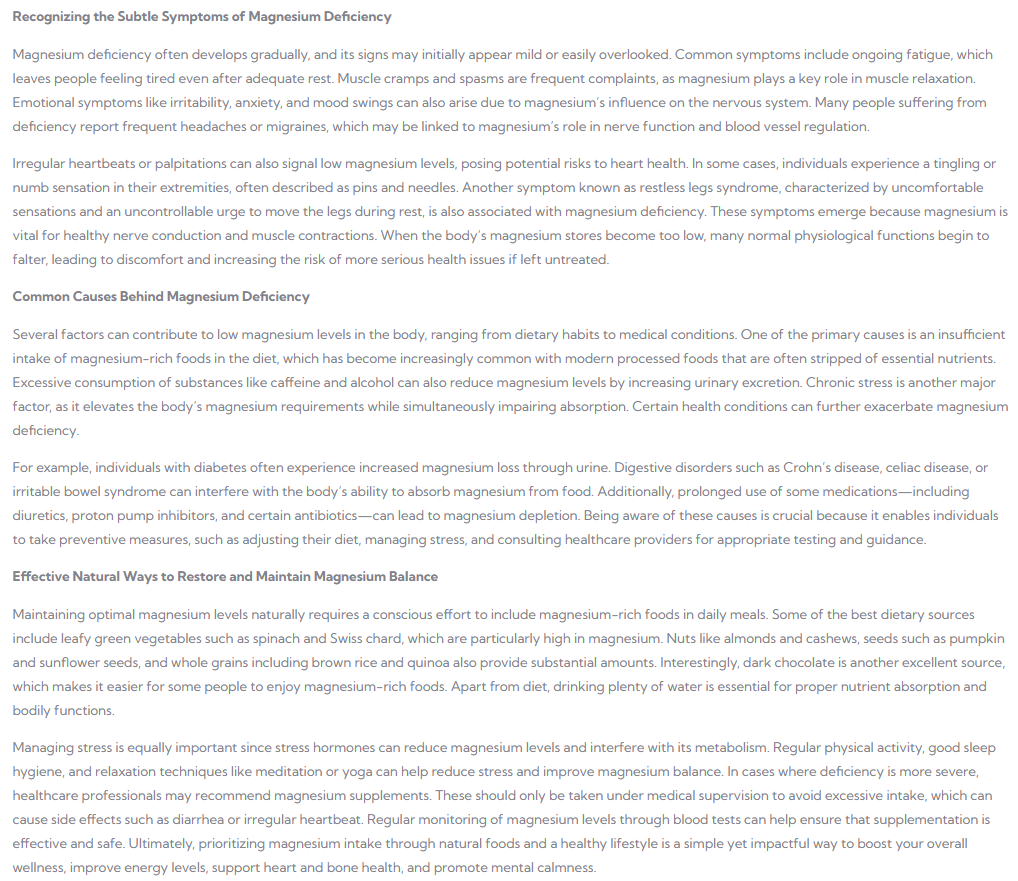In today’s fast-paced world, where most of us juggle work, family, and social obligations, maintaining physical health can often fall to the bottom of the priority list. Yet, the quality of our daily life largely depends on how our bodies move, bend, lift, twist, and carry. This is where functional fitness steps in—a powerful, holistic approach to movement that strengthens the body in the way it’s naturally designed to work.
Functional fitness is more than just a workout trend; it’s a practical and sustainable way of training that builds strength, stability, and mobility to support everyday activities. Whether you’re picking up groceries, climbing stairs, playing with your kids, or simply getting out of bed with ease, functional training prepares your body for real-life movement.
Let’s take a deep dive into how functional fitness supports daily natural body strength and why it should become a cornerstone of your wellness journey.



What Is Functional Fitness?
Functional fitness refers to exercises that train your muscles to work together in a way that mimics common daily movements. It’s not about isolating one muscle group to look good in the mirror; it’s about training the body as a whole.
Unlike traditional gym workouts that might focus solely on aesthetics—think bicep curls or leg presses—functional workouts involve compound movements that engage multiple muscle groups at once. Squats, lunges, push-ups, kettlebell swings, and medicine ball slams are all examples of functional exercises. These movements help improve your balance, coordination, flexibility, and strength.
In essence, functional fitness is about training for life, not just for looks.
Builds Real-World Strength
One of the biggest advantages of functional training is that it develops strength you can actually use. Lifting a heavy suitcase, moving furniture, carrying groceries, or doing yard work all require strength that goes beyond what’s built by machines at the gym.
Traditional resistance machines isolate muscles, which can create imbalances and often don’t translate well to real-world situations. Functional exercises, on the other hand, improve your body’s ability to work as a unit, strengthening your core, stabilizer muscles, and major muscle groups together.
Over time, this results in increased natural strength and endurance that makes daily tasks easier and less tiring. You’ll notice that you’re able to do more with less effort—and with reduced risk of injury.
Enhances Core Stability
Every movement you make, from reaching overhead to tying your shoes, involves your core. Functional fitness places a strong emphasis on core engagement, helping to build a stable foundation that supports your entire body.
Unlike crunches that only target the superficial abdominal muscles, functional movements engage the deeper core stabilizers—muscles like the transverse abdominis and multifidus. Exercises like planks, bird dogs, deadlifts, and rotational movements help build a resilient core that protects your spine, supports posture, and enables efficient movement.
A strong core not only improves your athletic performance but also plays a critical role in preventing lower back pain—a common issue for many adults.
Improves Balance and Coordination
As we age, our balance and coordination naturally decline. This can increase the risk of falls and injuries, particularly for older adults. Functional training helps counter this decline by challenging your proprioception—the body’s ability to sense its position and movement in space.
Many functional exercises involve unstable surfaces or asymmetrical movements that require your body to adjust and stabilize. This might include standing on one leg while doing a shoulder press or using a balance board while performing squats.
Over time, your neuromuscular system adapts, improving your coordination, balance, and agility. This means you’re less likely to trip, fall, or experience joint-related injuries in daily life.
Encourages Better Movement Patterns
Our bodies are meant to move in fluid, dynamic ways. Unfortunately, many modern habits—sitting at desks, looking down at phones, or repetitive single-direction movements—lead to poor posture and faulty movement patterns.
Functional fitness encourages re-education of proper body mechanics. It teaches your body how to move more efficiently and safely. By focusing on form and control during complex movements, you begin to retrain your body to function in alignment with its natural design.
This not only reduces the risk of chronic pain and injuries but also improves your overall physical performance and quality of life.
Supports Mobility and Flexibility
Strength without mobility is like a powerful engine without wheels. You might have the strength to lift something heavy, but if your joints can’t move freely, you’re prone to strains and injuries.
Functional fitness blends strength training with mobility work, ensuring that muscles, tendons, and joints all function harmoniously. Movements like deep squats, dynamic stretches, and rotational exercises promote joint health and prevent stiffness.
Improved mobility means your body can move more freely and with less resistance. This makes everything from walking to reaching to bending down feel smoother and more comfortable.
Reduces Risk of Injury
One of the most overlooked benefits of functional training is injury prevention. Because it strengthens the stabilizer muscles, improves coordination, and enhances joint integrity, your body becomes more resilient to everyday wear and tear.
Functional workouts also teach body awareness, proper alignment, and balanced movement—all of which help you avoid awkward motions that can lead to pulled muscles or joint problems.
For athletes and fitness enthusiasts, functional training adds a layer of injury-proofing that complements high-intensity or sport-specific training.
Makes Everyday Life Easier
Ultimately, the goal of functional fitness is to make life easier. The movements you train in the gym transfer directly to the activities you perform at home, at work, and in your free time.
Want to carry heavy bags of mulch across the yard? Functional training helps you do that. Need to climb a ladder to clean your gutters? You’ll have the balance and core strength for it. Want to keep up with your kids at the park or your dog on a long hike? Your endurance and flexibility will support you.
By focusing on practical, usable strength, you’re investing in a future where your body serves you well—not just now, but for decades to come.
Functional Fitness is for Everyone
You don’t need to be an athlete, a gym-goer, or a young adult to benefit from functional training. It’s adaptable to all fitness levels, ages, and body types.
Beginners can start with bodyweight movements and gradually add resistance. Older adults can focus on balance, mobility, and low-impact strength exercises. Even those recovering from injury or dealing with chronic pain can benefit from tailored functional routines under proper guidance.
The beauty of functional fitness is its scalability and accessibility.
Final Thoughts
Functional fitness isn’t just a workout style—it’s a way of approaching movement that aligns with how the human body was meant to operate. It strengthens you from the inside out, enhances your daily life, and prepares you for the unexpected physical demands that come with being human.
By incorporating functional exercises into your routine, you’re not just training for the gym—you’re training for life. And in doing so, you’ll build a body that’s strong, capable, and resilient for the long haul.
So the next time you step into a workout, ask yourself: Is this helping me move better in real life?
If the answer is yes, you’re on the right track.



